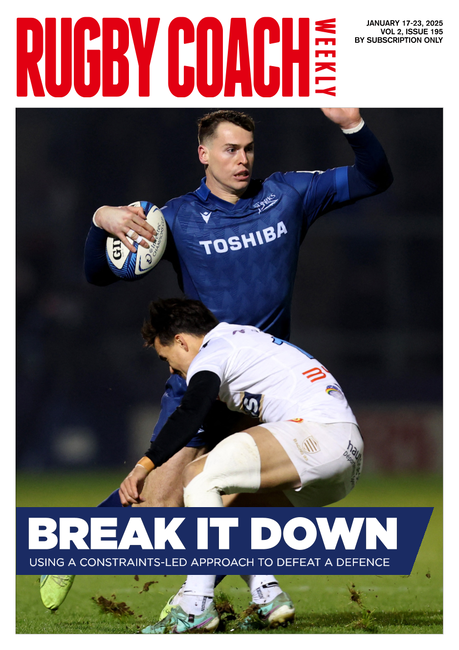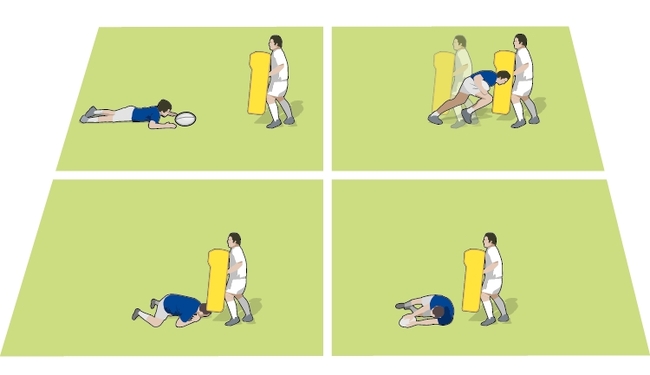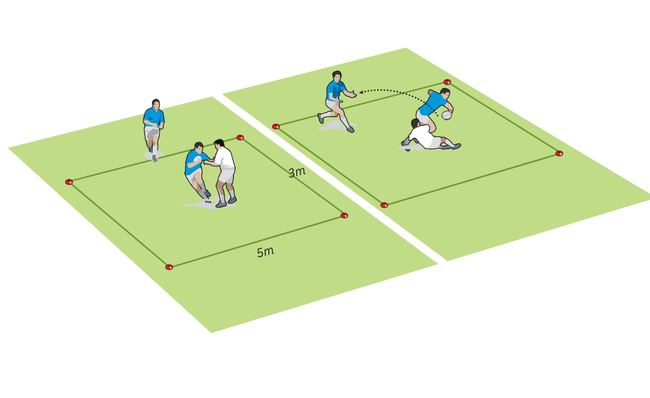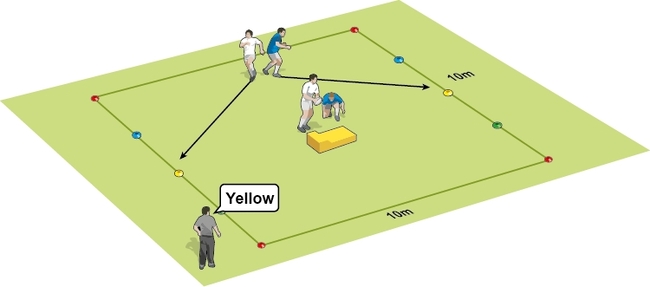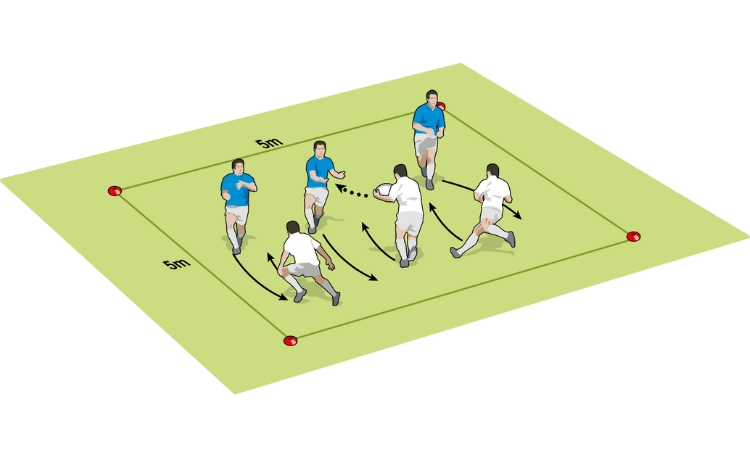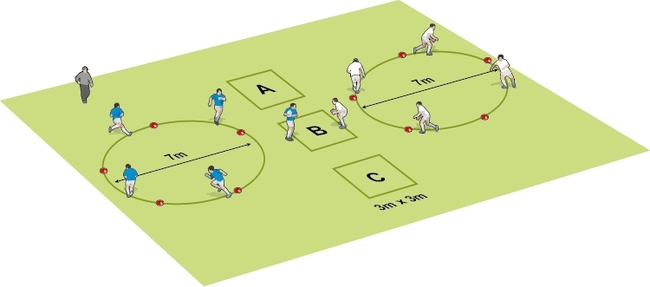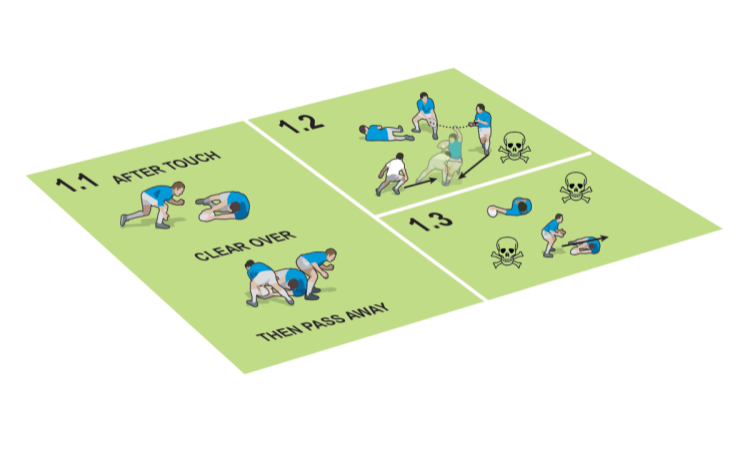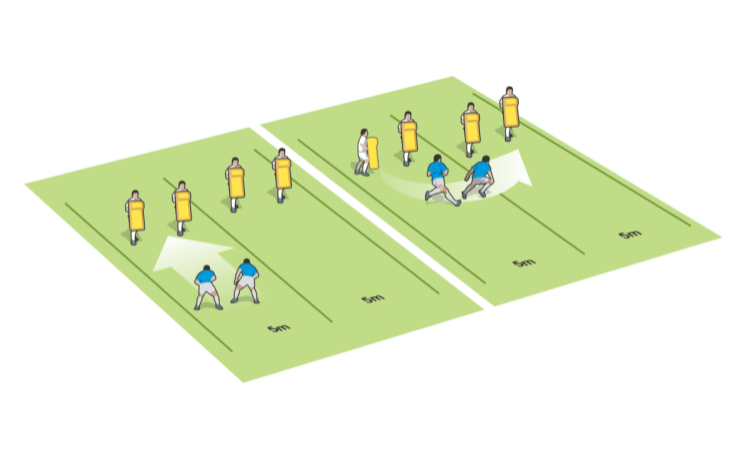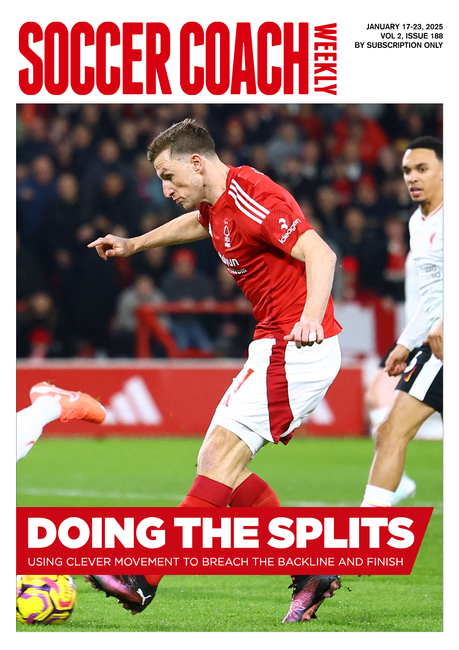Ruck circle
Improve your players’ ruck decision-making by giving them four different situations to react to. They have to choose the best technique to use in each case.
There are various ways to approach and execute a ruck. By using four different stations, you can arm your players with the tools and confidence to deal with them.

Station A - Very low tube
The rucking player drives back and up the tube lying on the ground. With the other player holding it down, the tube will naturally rise up.
Station B – Between two tubes
A ruck pad holder is on the outside of two tubes. The rucker steps over to protect or win the space above the ball as the pad holder advances.

Station C – Raised tube
The slightly raised tube needs the player to stay on his feet and drive over the ball.
Station D - Roll out
The rucker has to roll the player who is on top of the pad or tube. This frees up the ball under the pad.
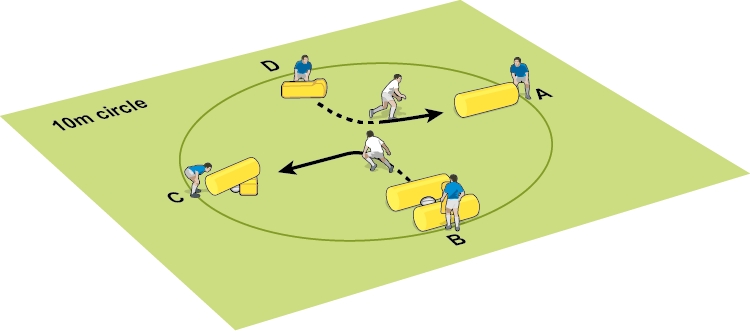
TECHNIQUE
The rucker stays on his feet throughout. If they feel they will go off their feet, they must aim to bail out to the side, otherwise they will be penalised.
They arrives “square” to every situation by using a L-shaped run, both to be legal and effective in clearing out the problem in front of them.
Related Files
Newsletter Sign Up
Coaches Testimonials

Gerald Kearney, Downtown Las Vegas Soccer Club

Paul Butler, Florida, USA

Rick Shields, Springboro, USA

Tony Green, Pierrefonds Titans, Quebec, Canada
Subscribe Today
Be a more effective, more successful rugby coach
In a recent survey 89% of subscribers said Rugby Coach Weekly makes them more confident, 91% said Rugby Coach Weekly makes them a more effective coach and 93% said Rugby Coach Weekly makes them more inspired.
Get Weekly Inspiration
All the latest techniques and approaches
Rugby Coach Weekly offers proven and easy to use rugby drills, coaching sessions, practice plans, small-sided games, warm-ups, training tips and advice.
We've been at the cutting edge of rugby coaching since we launched in 2005, creating resources for the grassroots youth coach, following best practice from around the world and insights from the professional game.

